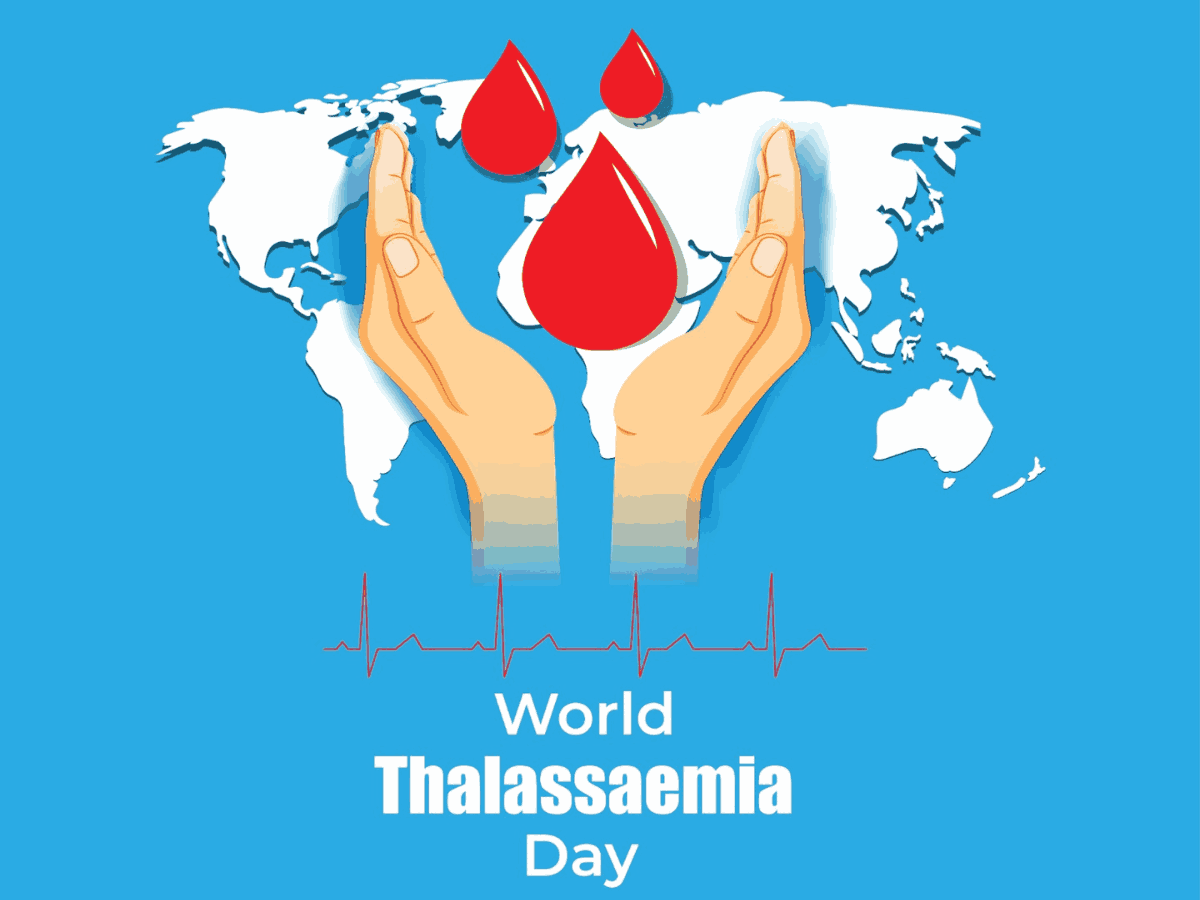
Every year on May 8, World Thalassaemia Day draws attention to a chronic blood disorder that affects millions globally. While most discussions focus on hematological aspects like blood transfusions and iron chelation, one critical area that often goes under-addressed is orthopedic care for Thalassemia patients.
People living with thalassemia often experience significant musculoskeletal issues due to long-term complications from the disease and its treatments. For this reason, bone health in Thalassemia must be considered a vital aspect of comprehensive patient care.
Understanding the Connection Between Thalassemia and Orthopedic Complications
Thalassemia affects red blood cell production, leading to chronic anemia. To compensate, the bone marrow expands, especially in the skull, spine, and long bones. This overactivity can weaken the bone structure, leading to skeletal issues in Thalassemia such as deformities, fragility, and growth delays in children.
Further, frequent transfusions can lead to iron overload, impacting hormone levels and calcium metabolism—factors that influence bone density in Thalassemia patients and contribute to early osteoporosis. As a result, fracture risk in Thalassemia is significantly higher compared to the general population.
Why Orthopedic Care Is Crucial for Thalassemia Patients
- Managing Bone Pain and Deformities
Thalassemia patients often suffer from spinal curvature, chest deformities, and other skeletal abnormalities. Timely intervention can help manage pain and improve posture and quality of life. - Monitoring Bone Density
Given the link between Thalassemia and osteoporosis, regular bone mineral density (BMD) scans are essential to track early signs of bone loss and start preventive treatment. - Preventing and Managing Fractures
Weak bones and thin cortices make fractures common. Specialized orthopedic evaluation is required for managing both acute and chronic injuries in this population. - Addressing Joint Issues
Joint problems in Thalassemia can arise from poor bone architecture or iron-related inflammation. Orthopedic interventions can help alleviate stiffness, pain, and improve mobility. - Surgical Considerations
In cases where surgical correction is required, such as spinal stabilization or deformity correction, expertise in Thalassemia and orthopedic treatment is essential due to the patient’s fragile bone structure and unique hematological needs.
SBJI’s Role in Supporting Bone Health in Thalassemia
At Sunshine Bone and Joint Institute, our multidisciplinary team understands the complex interplay between blood disorders and musculoskeletal health. We specialize in managing Thalassemia bone complications, from routine screening and physiotherapy to advanced surgical care.
Our team emphasizes early detection, bone-strengthening protocols, and individualized orthopedic care to prevent complications and promote long-term wellness in patients with thalassemia.
Proactive Steps for Bone Health in Thalassemia
- Get regular DEXA scans to monitor bone density in Thalassemia patients
- Ensure adequate calcium and vitamin D intake
- Engage in low-impact weight-bearing exercises to strengthen bones
- Seek prompt attention for even minor injuries to prevent fractures
- Work with specialists who understand Thalassemia and orthopedic treatment
On this World Thalassaemia Day, let’s raise awareness that comprehensive thalassemia care must include attention to the bones and joints. Early orthopedic intervention can prevent long-term disability and significantly enhance the quality of life for these patients.
Orthopedic care for Thalassemia isn’t just an add-on—it’s an essential component of holistic, lifelong management.
Frequently Asked Questions
Thalassemia causes bone marrow expansion and hormonal imbalances that lead to skeletal issues in Thalassemia, including deformities and fragile bones.
Through regular scans, nutritional supplementation, exercise, and medication to prevent Thalassemia and osteoporosis.
Yes, due to reduced bone density in Thalassemia patients, making them more prone to injury and fractures.
Physical therapy, medications, bracing, or in severe cases, surgery may be recommended to address joint problems in Thalassemia.
Sunshine Bone and Joint Institute offers customized care plans for managing Thalassemia bone complications, including diagnostics, treatment, and rehabilitation.

